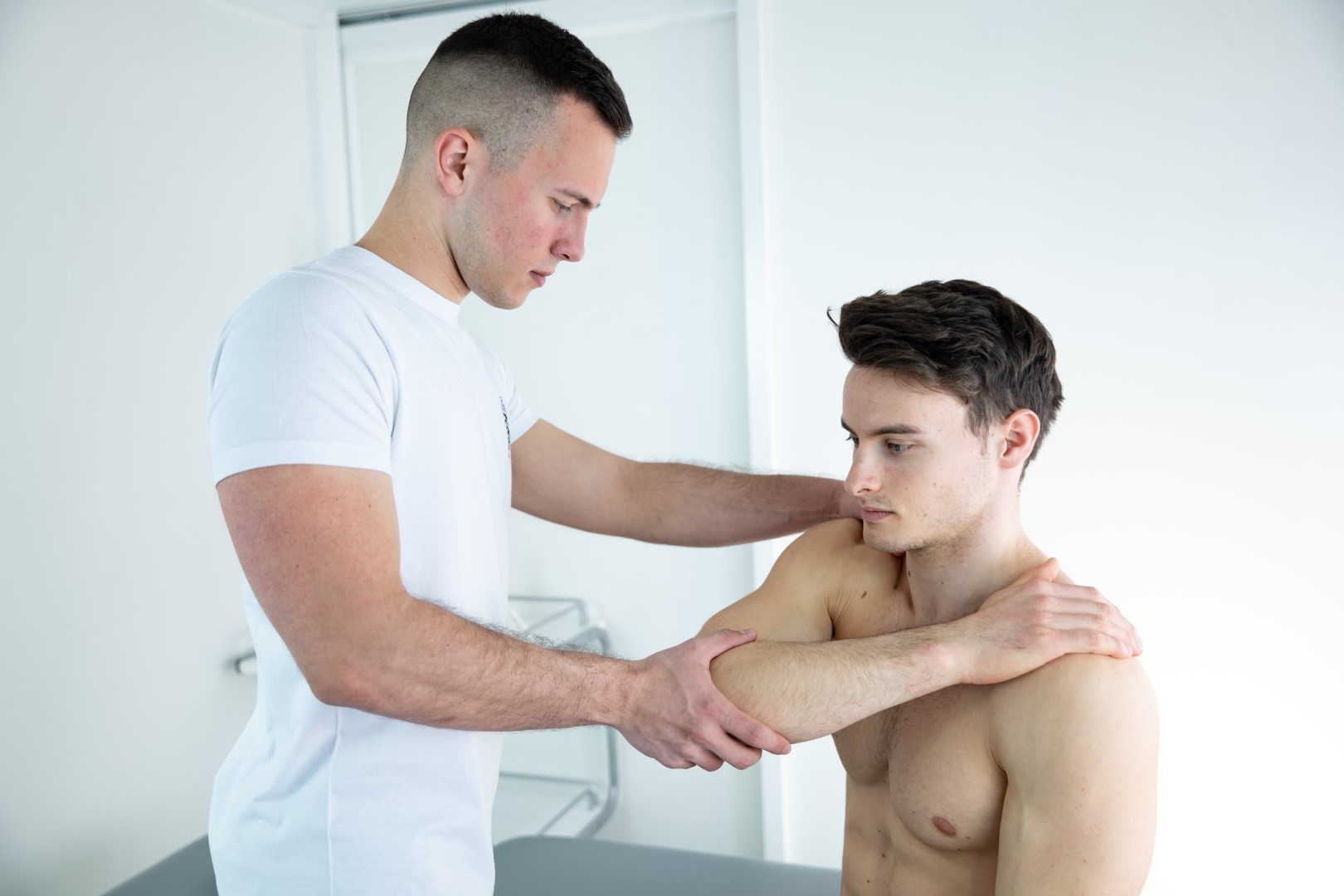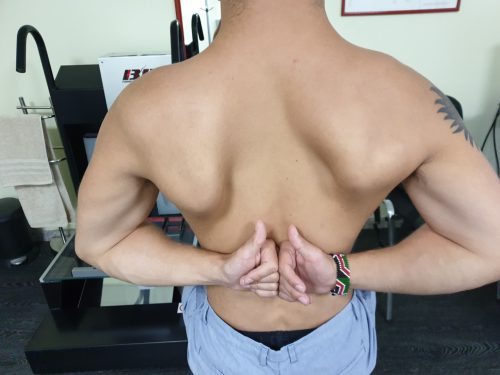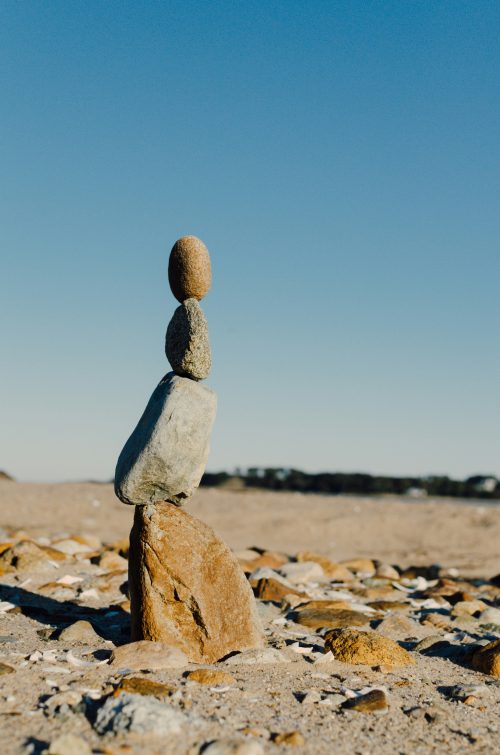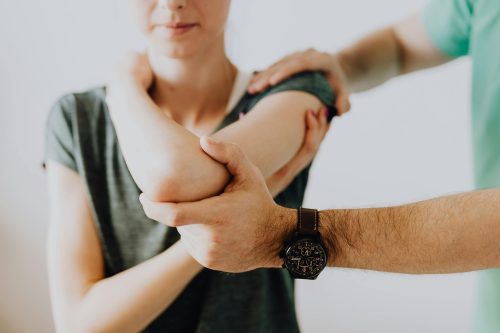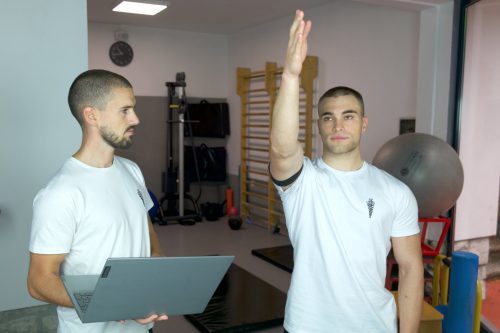Shoulder joint is built so that the cup looks like a shallow saucer, and is located on the scapula and is called the glenoid, and the joint head is an almost regular sphere, significantly larger than the cup. Such a structure allows great mobility, but also considerable instability.
Shoulder, appearance and function
Description
Stability is achieved on several levels. The first is the cartilaginous edge around the cup, which we also call the labrum. It increases the concavity of that part of the joint, turning it from a very shallow, somewhat deep saucer. The articular capsule continues on the labrum, which surrounds the entire joint and gives it a certain, but insufficient, stability.
Next, the entire head is covered with a connecting plate, which is actually a connection of four tendons, the so-called rotator cuffs. These are the tendons of the supraspinatus, infraspinatus, subscapularis, and teres minor muscles. They act in such a way as to ensure a good position of the head of the joint during movement, which is guided by very strong muscles around the shoulder.Above the rotator cuff is a structure that we can call the “roof of the shoulder”, which consists of two bony protrusions (the acromion and the coracoid process), and the ligament that connects them. The rotator cuff is in direct contact with the roof of the shoulder through the mucous sac (bursa) and slides over it during movement.
But all these structures of the shoulder joint itself are responsible for slightly more than 1/2 of the total mobility of the shoulder. Other movements occur through a complicated “dance” of other components of the shoulder girdle – the scapula, the acromioclavicular joint (top of the shoulder), the sternoclavicular joint (the junction of the clavicle and sternum), and the thoracic and cervical spine.
That is to say, that raising the arm high above the head implies a synchronized action of the entire shoulder, upper arm, part of the chest, the upper part of the chest and the lower part of the cervical spine.In such a complex system, errors are possible in its various parts, which can consequently cause painful conditions and limitation of mobility.
Explanations of our current understanding of painful conditions of the shoulder girdle and possible ways of treating them can be found on these pages, and you can see the animated anatomy of the shoulder joint in the attached video gallery.

